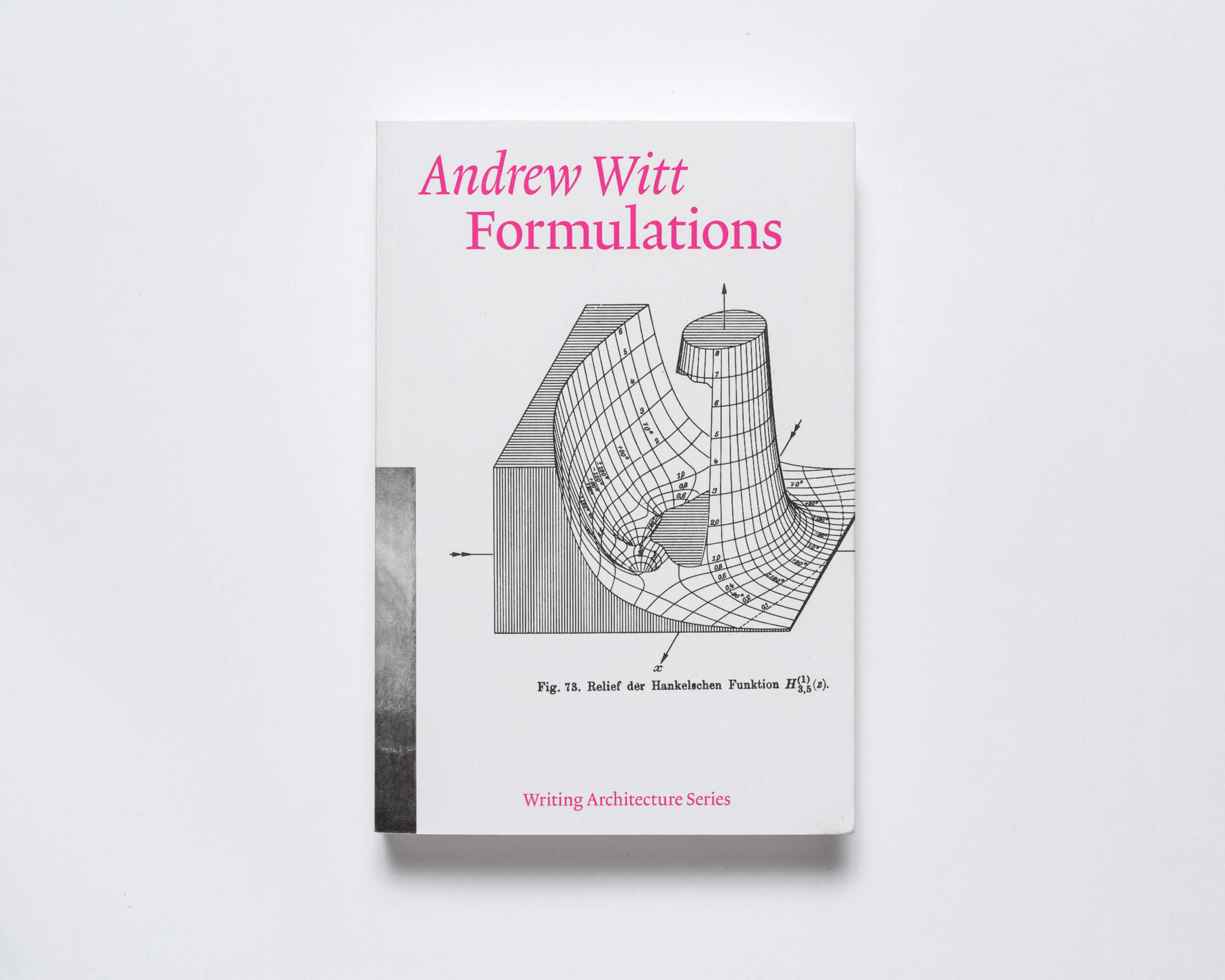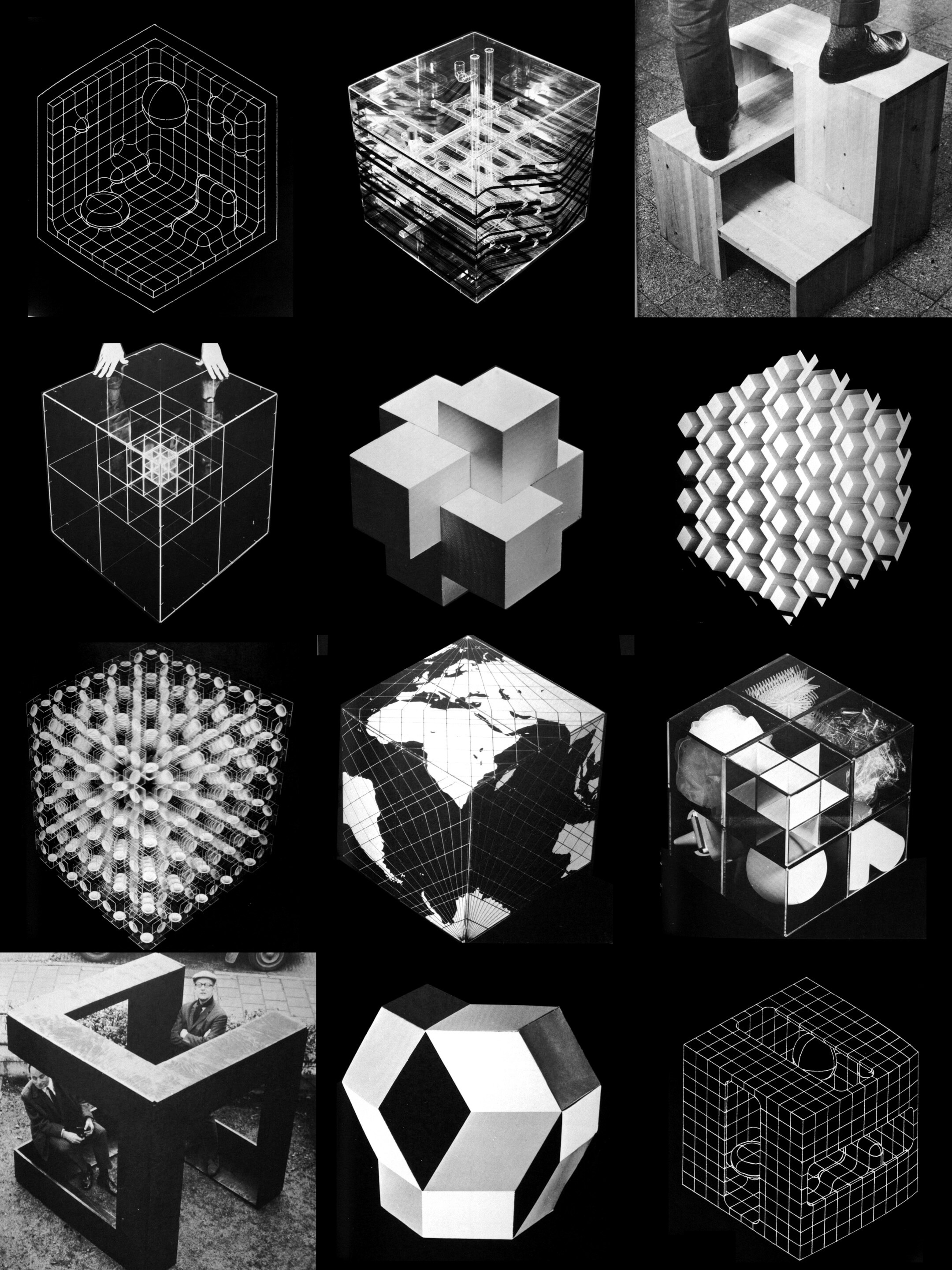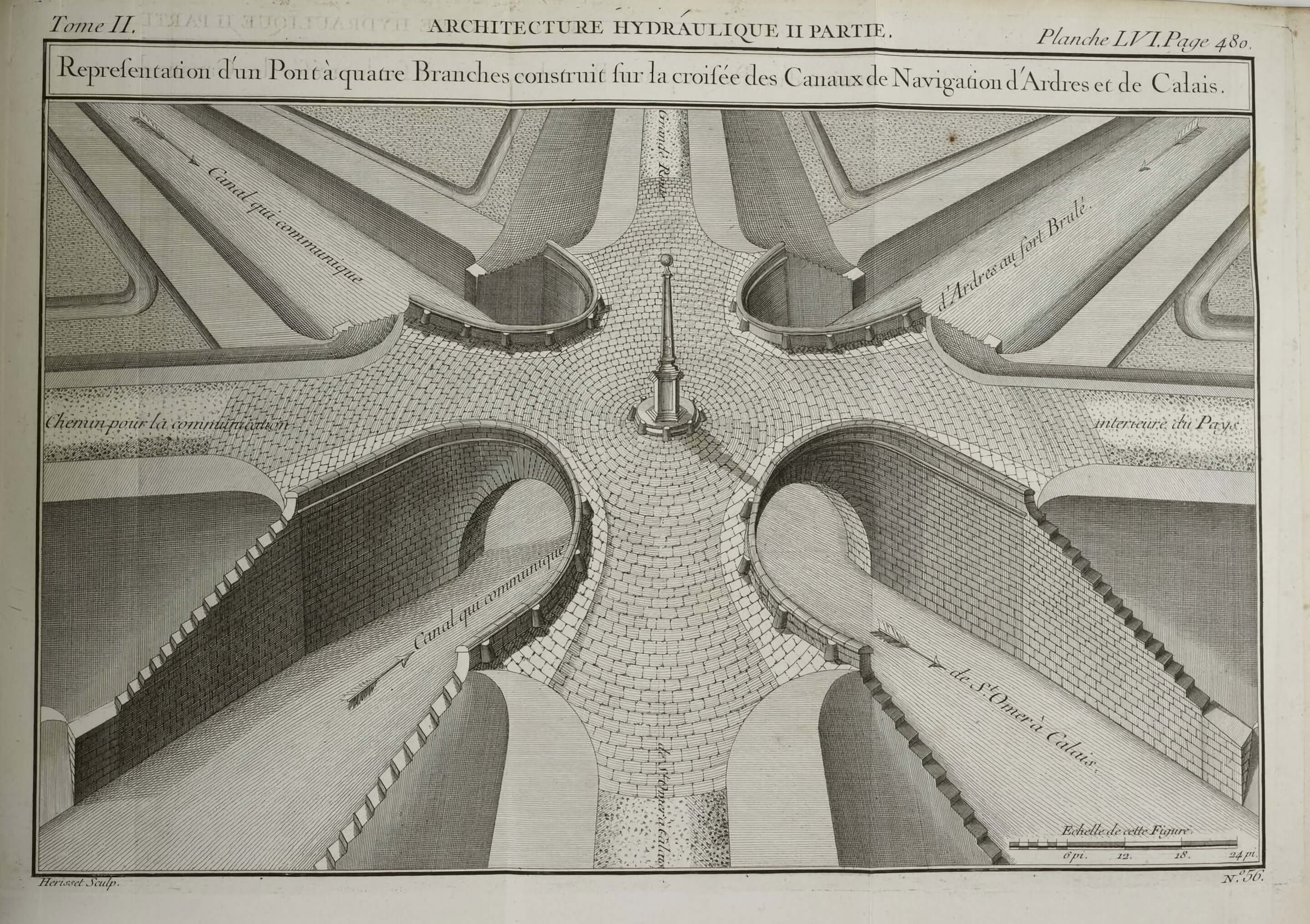A new book by Andrew Witt provides an in-depth, refreshing look at the historical applications of mathematics within architecture. Formulations: Architecture, Mathematics, Culture, published by MIT Press as part of the Writing Architecture Series by Anyone Corporation (the publisher of the popular architecture journal Log), explores the methods of mathematical and scientific analysis as proto-computational design tools.
The book is a culmination of many years of research by Witt, Associate Professor in Practice at the Harvard University Graduate School of Design and cofounder of the design studio Certain Measures. Witt is trained both as an architect and mathematician and brings practical experience at the intersection of both disciplines to the research of the book, having worked for computationally robust firms such as Gehry Technologies and Preston Scott Cohen.

Formulations is not a cursory overview of math in architecture, a disciplinary kinship which is often overstated yet well-trod in the history of architecture. While many a secondary school counselor has recommended creative students that excel in math and physics to pursue architecture (only for them to discover there’s not that much advanced math involved on a day-to-day basis), Witt avoids the cliché territory where math and architecture typically meet. Instead, Formulations focuses on a much richer tapestry of mathematical legacies within the field without getting bogged down in the technics that would dry over the eyes of anyone who hasn’t taken a math class since the beginning of college. A wide variety of tools and topics with foundations in math and science that were put to use as architectural devices are surveyed, including: mechanical drawing machines, physical models and maquettes, minimal surfaces, geodesy, surveying, meshes and triangulation, stereoscopic drawings, topology, impossible objects, ruled surfaces, crystallography, and much more.
Though an impressive collection of research, the most interesting contribution the book makes is the case for an alternative, more comprehensive history of computational design as we understand it today. It’s very clear, and Witt makes the point explicit, that the specific tools and subjects the book discusses have led to many of the contemporary digital programs and algorithms we use today in the production of architecture. A typical, if brisk, lineage of computational design usually goes something like:
- The invention and subsequent widespread adoption of computers eventually led to computer-aided drafting (CAD) software sometime in the latter half of the twentieth century;
- In the 1980s and into the 90s, avant-garde designers started using NURBS 3D-modeling programs like CATIA and Form-Z to model buildings;
- Building information modeling (BIM) then came together in the early aughts;
- Grasshopper and other algorithmic scripting tools facilitated parametric design in the mid-to-late aughts; and
- Now we’re here, with many people looking into machine learning and artificial intelligence as the next frontier of computational design.

Of course, there have also been some “proto-parametric” exemplars, like Antoni Gaudí’s hanging chain models for the Sagrada Familia or Felix Candela’s thin-shell concrete hyperbolic paraboloid shells, but the general lineage of computational design has been understood to start with, well, computers. What Formulations lays out successfully is a much more comprehensive background that shows that the foundation of computational design, of course, wasn’t computers but was math itself; computational design and thinking existed in the practice of architecture long before, with many examples in the book taking place in the nineteenth and early-twentieth centuries. This history allows for a broader grounding and legitimization of the ongoing project of computation within architecture as not a fascination within the last 50 to 75 years after modernism, but as an intrinsic and perpetually relevant subject of architectural attention.
Make no mistake: this is a book about math. It’s long (almost 400 pages), quite thorough, and doubles as a historical record that synthesizes hundreds of sources, including firsthand research. As such, for the curious but not necessarily mathematically-fluent reader, it can struggle at times, particularly with the middle of the book becoming a bit dense and dry. But Witt handles the subject about as best as one could, opting less for the writing style of a textbook and more for a theoretical treatise; still rigorous, but conceptual over technical.
Offering commentary on the historical examples, Witt hints at (but withholds) an explicit position or interpretation of their meaning until the concluding chapter. It’s clear that Witt sees these examples (and mathematics more broadly) as an area of renewed interest for architects to mine. At times, it seems Formulations is making an argument for a return to rationality as an objective backbone for architectural practice and for computational expertise, though these have their own historical critiques: the ideal of rationality is grounded fundamentally in the Enlightenment of the 18th century, which has been criticized by the likes of Adorno and Foucault for its perceived foundation for 20th-century totalitarianism, inflexibility towards relativity, and human (particularly Western) hubris, not to mention its cultural influences that devalued perceptions of beauty, mystery, perspective, and the unknown (or unknowable).

While it is hard to gauge Witt’s tone exactly, as an expert in the field himself, he at least concedes, if not fully endorses, that we are in an age where rigorous expertise is no longer necessary. The rationalist hardline gives way to a more democratic use and misuse of the norms and conventions that have preceded us. In Witt’s own words, “Today, computational tools that encapsulate mathematical methods are radically short-circuiting the path to expertise, blurring and shading the facile distinction between dabbler and virtuoso, and democratizing access to the systems and aesthetics of mathematical design.” A few pages later, he sums up the impact quite simply: “We are all dabblers now.”
Ultimately, Formulations is an impressive body of research and theory, a must-have in the library for anyone with an interest in any aspect of computational design, geometry, math, science, technology, etc. It’s best served as something to reach for, to chew on, and to return to later than perhaps a read-in-one-sitting type of book. But it’s a helpful alternative history and resource for those of us who use computers to make architecture.
The Center for Architecture in New York City is hosting a book launch event for Formulations this Saturday, March 26th, at noon. The event will include a presentation by Witt and a panel discussion with Cynthia Davidson, Sean Canty, Esther Choi, and Cameron Wu. The event is free to the public.











